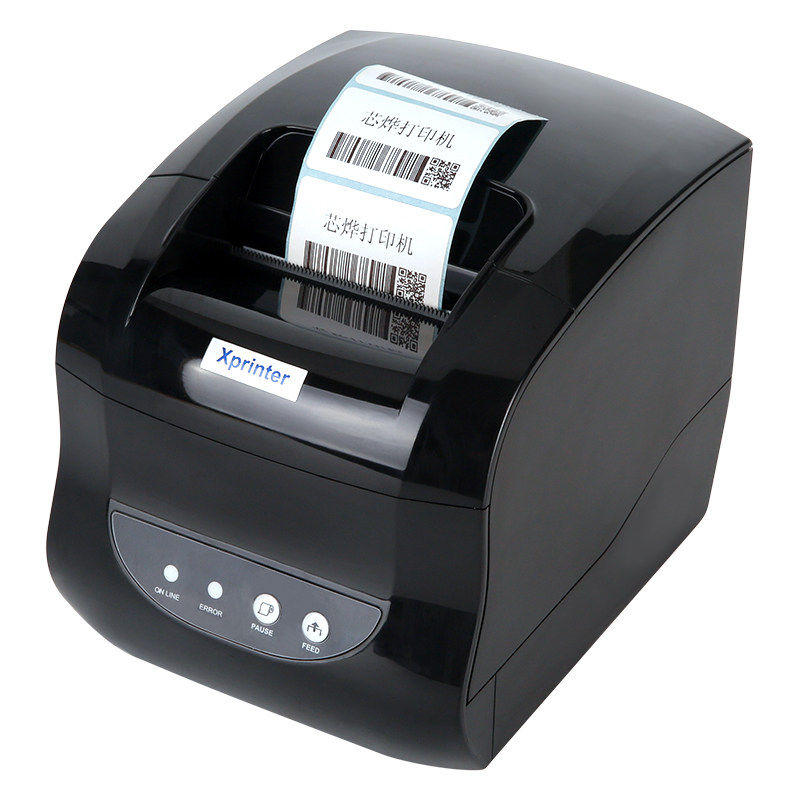
Depending on the setting your recipients have for dealing with a read-receipt request, it may give them cause to simply turn off the function and not participate in any future requests. The second disadvantage is that read receipts can be found by some users to be an annoyance.For users with low email usage, this is not a problem, however, if you are sending 50+ emails a day and you enable tracking on all emails, you are essentially adding an additional 50+ incoming email to your inbox in the form of a delivery or read receipt. One is the increase in time required to manage email messages.It is possible to enable email tracking on all outgoing email messages however, I have found that this can present two main disadvantages: If I don’t receive an undeliverable or bounce error, I can generally assume that the email has been delivered.
Generally, I will gauge whether an email has reached the recipient’s email server based on the lack of an undeliverable email message being received. Although Delivery Receipts are available within Microsoft Outlook it is important to understand that many email servers are now configured NOT to send back delivery receipts. It is important to be aware that recipients can choose to not send a receipt in response to your request, so even if you do not receive a receipt, this does not mean your email has not been viewed.Įmail, along with other areas of IT has moved along by leaps and bounds in the past few decades and as such so has email infrastructure.

It is useful to know the difference between these two options and any limitations in how they work. The options include a delivery receipt and/or a read receipt. Microsoft Outlook allows you to assign two email tracking options within an email message.


 0 kommentar(er)
0 kommentar(er)
